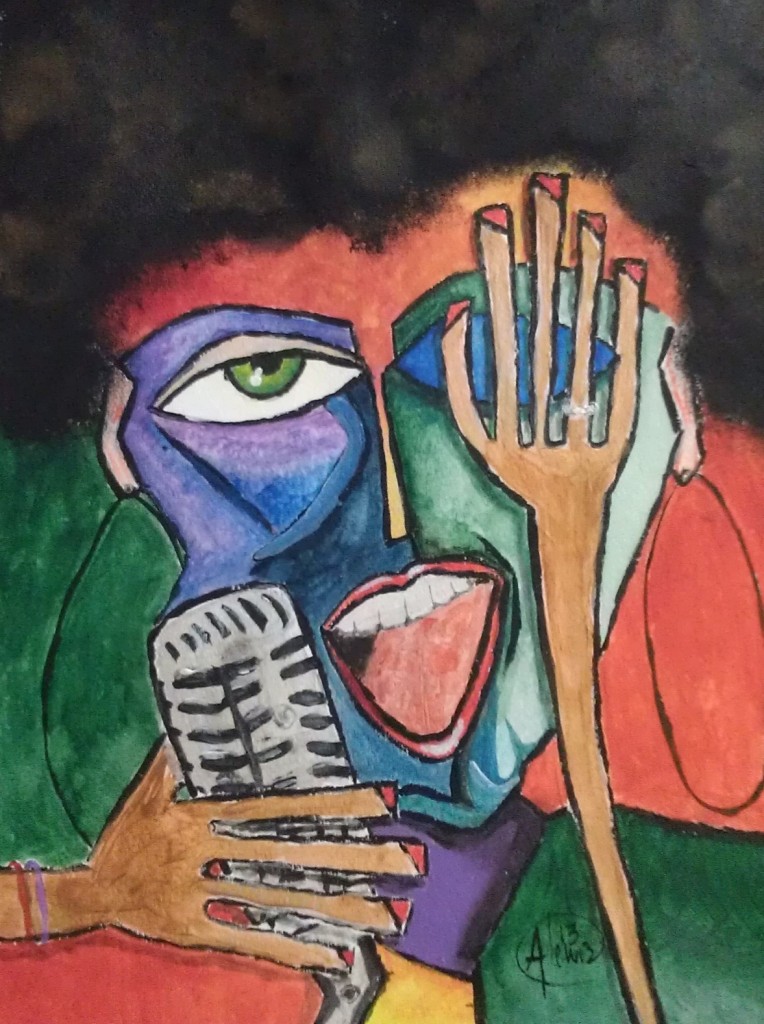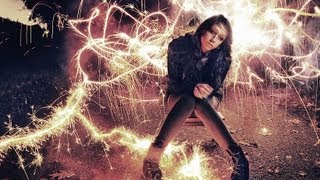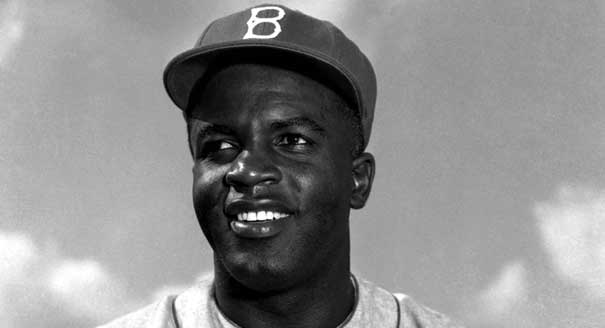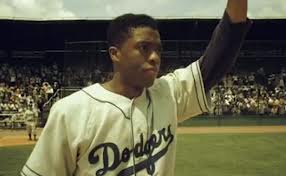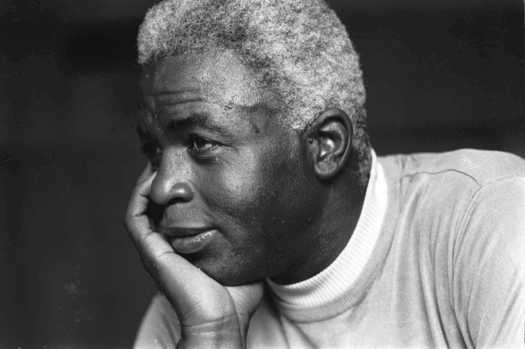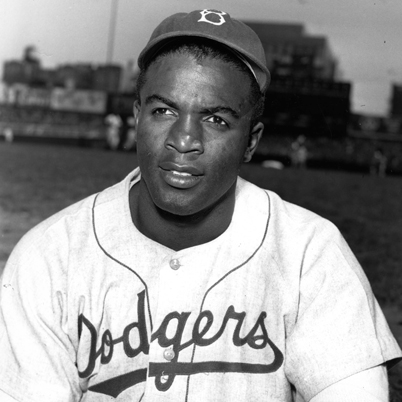By BETH J. HARPAZ
NEW YORK — With the movie “42” bringing the Jackie Robinson story to a new generation, fans young and old may be inspired to visit some of the places in Brooklyn connected to the African-American athlete who integrated Major League Baseball when he joined the Brooklyn Dodgers in 1947.
In Coney Island, a statue portrays Robinson and Pee Wee Reese, the white Dodger who stood by him in the face of racist taunts. At the cemetery on the border of Brooklyn and Queens where Robinson is buried, admirers still leave baseballs and other mementos. And for fans who enjoy irony – or who remain bitter about the Dodgers’ departure to Los Angeles in 1957 – there’s a “No Ball Playing” sign at the housing complex where the Dodgers’ storied stadium, Ebbets Field, once stood.
Joseph Dorinson, author of “Jackie Robinson: Race, Sports and the American Dream,” says it’s no accident that the color barrier was broken by a Brooklyn team. “Jackie made it in Brooklyn, and no other place, because of the multicultural and ethnic diversity here,” he said. That diversity still exists here today.
Here’s a guide to exploring Jackie Robinson’s Brooklyn.
STATUE
The life-size statue in Coney Island shows Robinson and Reese arm in arm. It’s inscribed with the story of how Reese, captain of the Dodgers, “stood by Jackie Robinson against prejudiced fans and fellow players … silencing the taunts of the crowd” during a game in Cincinnati. The statue is located outside MCU Park, where the minor league Cyclones team plays at Surf Avenue and West 17th Street, near the last stop on the D, F, N or Q train to Coney Island.
HOME AND CHURCH
Robinson lived in several places in Brooklyn before moving to Queens and later Connecticut with his wife and children. On a tidy block in East Flatbush, a two-story brick house at 5224 Tilden Ave. with a rusting fence and peeling paint bears a plaque that states: “The first African-American major league baseball player lived here from 1947 to 1949.” Local officials have started an effort to landmark the house.
Robinson and his wife Rachel also lived for a time at 526 MacDonough St. in Bedford-Stuyvesant. Although much of the movie was filmed in the South, some scenes were shot on MacDonough because the filmmakers wanted to show the building’s distinctive front stoop, a common feature of Brooklyn homes. The production company used the Nazarene Congregational Church at 506 MacDonough St. for storage and wardrobe while filming, according to Nazarene’s pastor, the Rev. Conrad Tillard.
When Robinson first arrived in New York, he lived for a time with Nazarene’s then-assistant pastor, the Rev. Lacy Covington and his wife Florence. “Church and faith were central to Jackie Robinson’s success,” said Tony Carnes, who publishes an online magazine called A Journey Through NYC Religions.
Nazarene was considered a “mink coat church” at the time, Tillard said, with an educated, affluent African-American congregation. Robinson later came back to the church to “make an impassioned speech about the dangers of drugs,” Tillard said. Robinson’s son, Jack, who’d served in the Vietnam War, was a heroin addict.
GRAVE SITE
Robinson died in 1972, just a year after his son died in a car accident. They are buried, along with the Covingtons and Robinson’s mother-in-law, in Cypress Hills Cemetery. “A life is not important except in the impact it has on other lives,” reads the inscription on Robinson’s tombstone. Mementos left by fans at the grave include a bat and baseballs, with one ball bearing a handwritten note thanking Robinson “for being an inspiration, strong and courageous.” On a recent day, Ronnie Carvey, Taneisha Beckford and their 3-year-old son were among those stopping at the grave to pay respects, with Carvey explaining to his child that Robinson was a “famous baseball player.”
The cemetery entrance is 833 Jamaica Ave., Brooklyn, near the Cypress Hills stop on the J subway line, also reachable via the Jackie Robinson Parkway. Robinson’s plot is in section 6 on the Queens side of the graveyard, on Jackie Robinson Way near Cypress Road, across from a large stone mausoleum near a low black fence, tall evergreen tree and hedge row. A map can be found at . http://nycin60.files.wordpress.com/2010/11/chcmap.png
EBBETS FIELD AND WASHINGTON PARK
Robinson retired after the 1956 season. Dodgers owner Walter O’Malley, still a much-hated name in parts of New York City, moved the team to Los Angeles after the 1957 season. The park was replaced by an apartment complex at 1720 Bedford Ave., in Crown Heights, where a stone in a wall is inscribed with the words: “This is the former site of Ebbets Field.”
Ron Schweiger, Brooklyn’s borough historian, grew up going to Dodger games at Ebbets Field and met Robinson several times. As a Brooklyn public school teacher, he used Robinson’s story to teach his students about civil rights, even hosting Robinson’s daughter Sharon as a speaker at the school. Recalling a recent visit to the Ebbets Field site, Schweiger said that “if you go up the stairs and into the courtyard, you’d be standing in right field. When you walk closer to the entrance to the building and look at the sign over to the right of the doorway, there’s a sign: `No radio playing. No bike riding. No ball playing.'”
Long before Ebbets Field existed, beginning in 1883, Brooklyn’s baseball team played in Washington Park, which is better known as a Revolutionary War site for the Battle of Brooklyn. George Washington’s troops were defeated here in 1776 by the British, who used as their base an old Dutch farmhouse now known as the Old Stone House. After the ballpark was built, the Old Stone House served as a clubhouse for the Brooklyn Dodgers. Washington Park is located at Fifth Avenue and Third Street in Park Slope (nearest subway stop, F to Fourth Avenue). Exhibits in the Old Stone House describe its connection to baseball and the Revolutionary War.
Kim Maier, executive director of the Old Stone House, offers a couple of other fun Dodger facts: The team was called the Brooklyn Trolley Dodgers because trolleys running along Third Avenue made it tricky to get into the park. And the man who built Ebbets Field started out as a ticket-taker at Washington Park, then worked his way up to control the team. His name was Charlie Ebbets.
Like this:
Like Loading...




